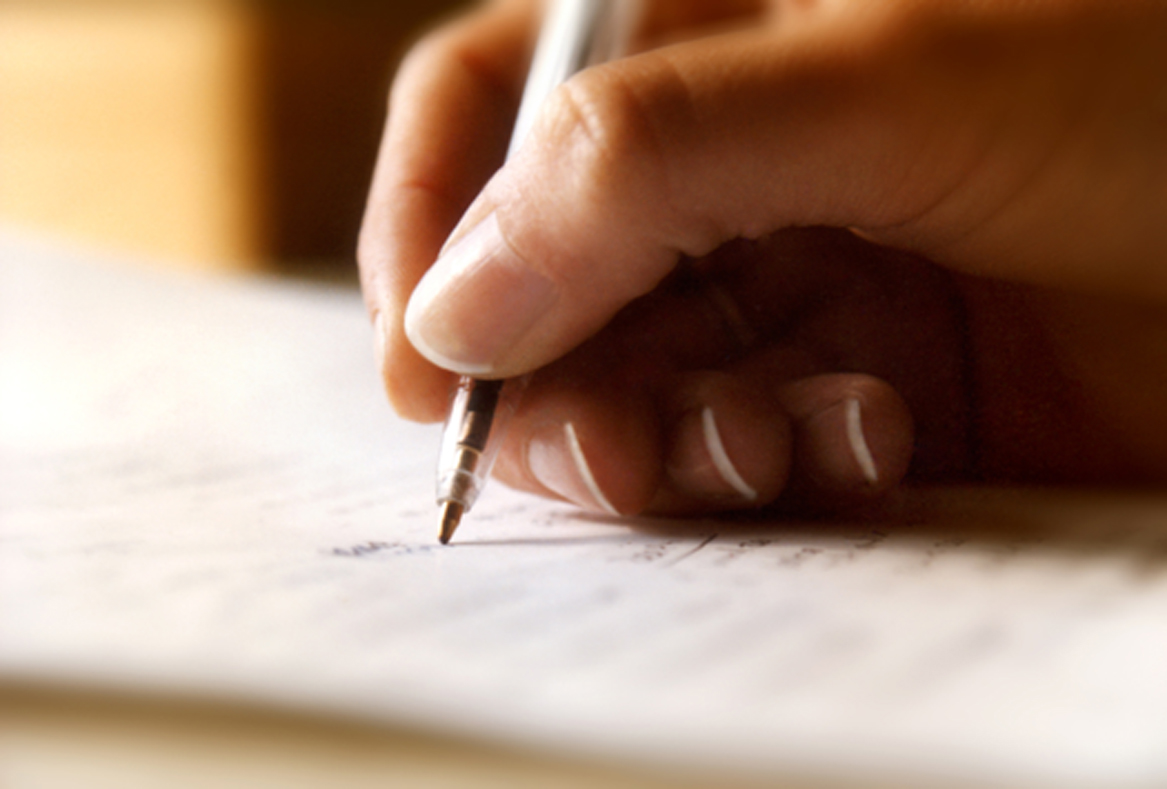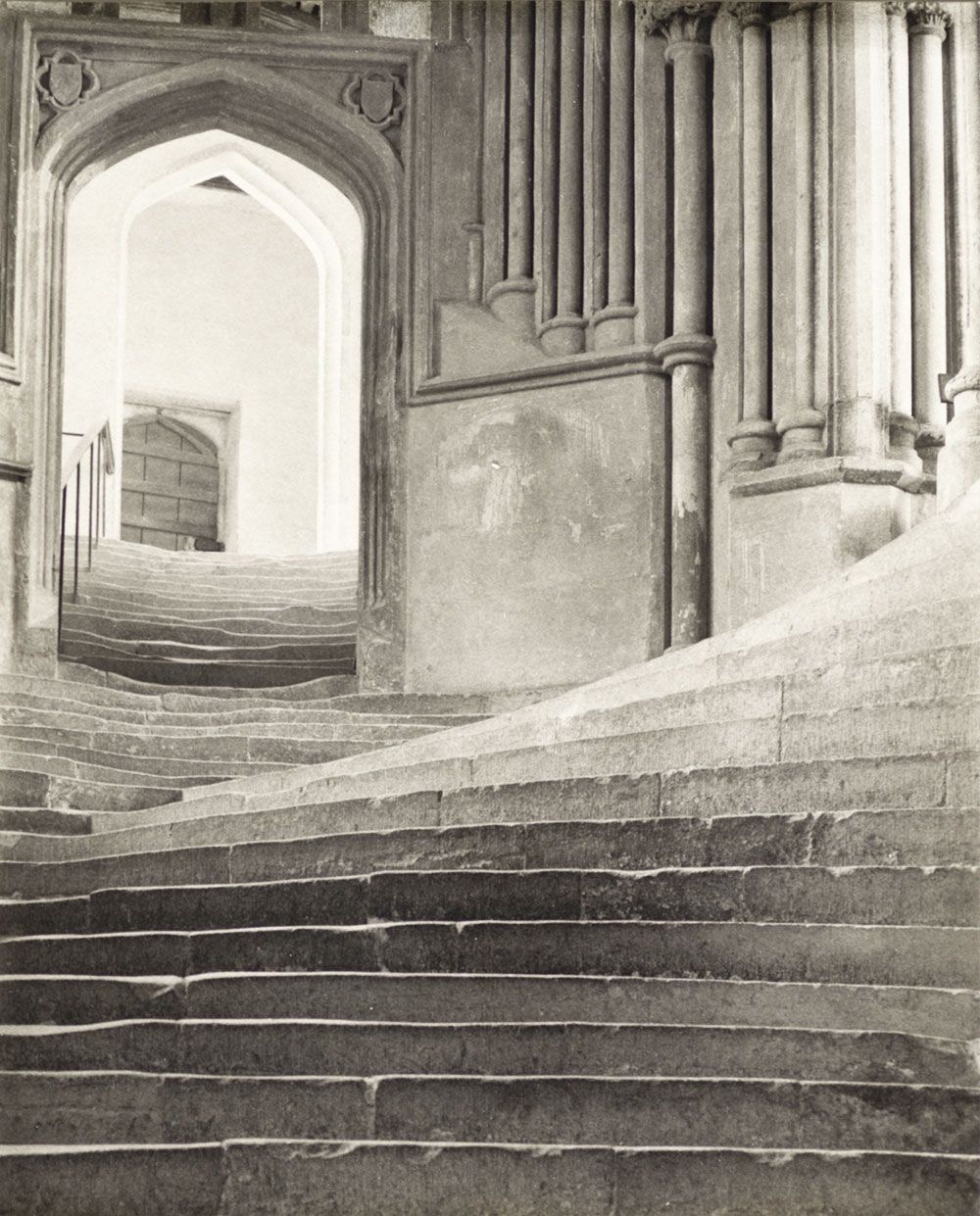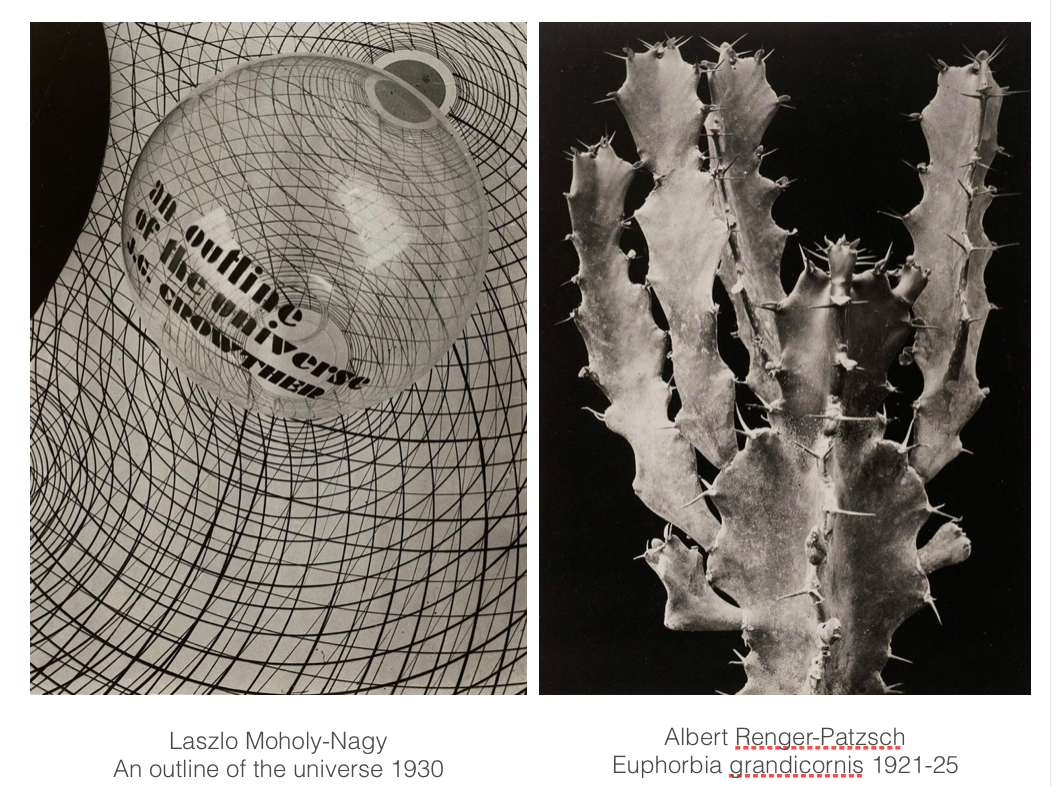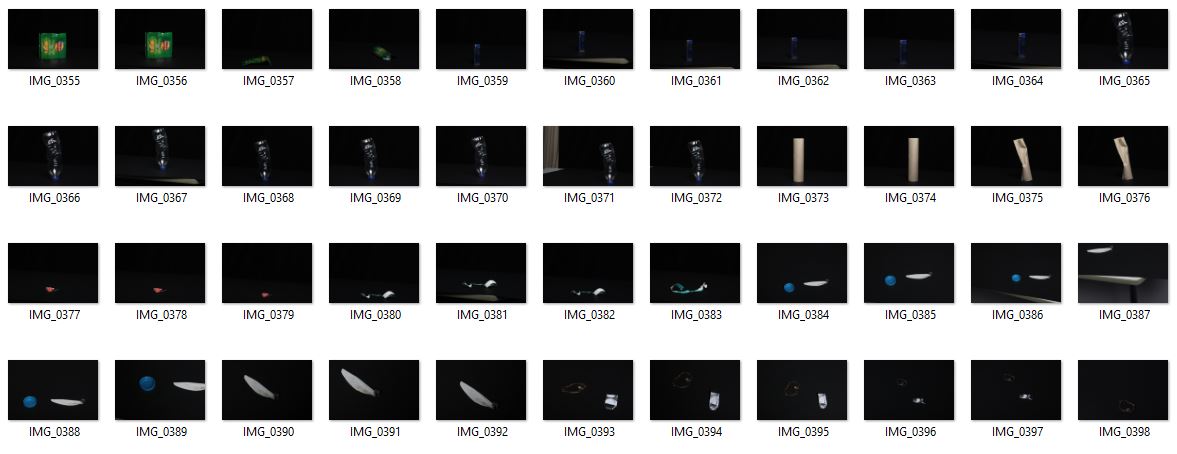Work to be completed before XMAS break:
1.POLITICAL LANDSCAPES: A blog post with a detailed plan for 3 photo-shoots to be completed during Christmas/ New Year period.
PHOTOGRAPH: It is essential that you return to school on Tue 8 Jan 2019 with new images. The Sprint Term is only 5 weeks and we will begin to work on your photobook design and layout in the second week of January
2. ESSAY: You must publish your draft introduction including possible essay questions before last lesson Wed 19 Dec.
READ: Begin to do in-depth research and read texts from a variety of academic sources; books, online articles, Youtube etc (you must gain knowledge and understanding from at least 3 different sources), make notes and identify relevant quotes that you can use in your essay.
WRITE: Ideally you should try and complete a draft essay over Xmas holidays. This would allow you time to refine and make minor corrections on your return in January.
See here for more help and guidance on essay writing:
https://hautlieucreative.co.uk/photo19al/2018/12/05/essay-writing/
Download Personal Study Planner-Tracker 2018-19 and monitor and track on a weekly basis.
What is a Personal Study?
The aim of this unit is to critically investigate, question and challenge a particular style, area or work by artists/ photographer(s) which will inform and develop your own emerging practice as a student of photography. The unit is designed to be an extension of your practical work in your Personal Investigation module where the practical informs and develops the theoretical elements and vice versa of your ongoing project.
Your Personal Study is a written and illustrated dissertation, including a written essay (1000-3000 words) and a photographic body of work (250- 500 photos) with a number of final outcomes produced from your Personal Investigation unit.

link to a previous essay: How-and-why-do-photographers-use-the-human-body-to-physically-express-hidden-emotions (1)
This year you have to make a photo book, either online using Blurb or by hand using traditional book binding techniques, which you design to include both your essay and a final selection and sequence of your photographs produced as a response to your chosen theme of POLITICAL LANDSCAPE


In addition, we are also expecting that those of you who want to go above and beyond to achieve top grades will produce a mini film/ pod cast with sound and images based on the same narrative as above
All your usual research, analysis, planning, recording, experimentation and evaluation will be posted onto your BLOG
What it says in the syllabus (Edexcel)
- Essential that students build on their prior knowledge and experience developed during the course.
- Select artists work, methods and art movements appropriate to your previous coursework work as a suitable basis for your study.
- Investigate a wide range of work and sources.
- Develop your written dissertation in the light of your chosen focus from the practical part of previous coursework and projects.
- Establish coherent and sustainable links between your own practical work with that of historical and contemporary reference.
- Be aware of some of the methods employed by critics and historians within the history of art and photography.
- Demonstrate a sound understanding of your chosen area of study with appropriate use of critical vocabulary.
- Show evidence for an ongoing critical and analytical review of your investigation – both your written essay and own practical work in response to research and analysis.
- Develop a personal and critical enquiry.
- Culminate in an illustrated written presentation.
How to get started: Link your essay question and chosen area of study to your previous work, knowledge and understanding based upon the theme of POLITICAL LANDSCAPE
ESSAY: We will be spending 1 lesson a week on CONTEXTUAL STUDIES where you will be learning about critical theory, photo history and contemporary practice as well as developing academic study skills to help you writing your essay.
Deadline: Essay draft MUST be handed in Mon 17 Dec 2018.
POLITICAL LANDSCAPE: The other lessons are used to continue to explore and develop yo ur project based around the theme of Political Landscape that you have already started in your Personal Investigation module.
You have 6 weeks in lessons and over 2 weeks at Christmas to complete any shoots and make new images. This include all relevant blog posts demonstrating your knowledge and understanding of RESEARCH, ANALYSIS, PLANNING, RECORDING, EXPERIMENTATION, PRESENTATION and EVALUATION.
Deadline: MUST complete 4-5 new photo-shoots this term that must be published on the blog by Tuesday 8 January 2019.
For further inspirations and starting points see blog post Past Personal Studies from previous students,, including links to photo books and essays.
Here is a link to a range of photo essays by MA Photography students featuring on the BBC Website currently…
http://www.bbc.co.uk/news/in-pictures-38142496
All other resources, PPTs, Essay tools etc go to:
M:\Departments\Photography\Students\Resources\Personal Study
Week 11: 19 – 26 Nov
Mon 19 Nov – Introduction to Personal Study:
Lesson task: Choose one Personal Study from past students, either from blog post above or photobooks in class. Look through sequence of images carefully and read the essay. Present the study in class and comment on the book’s, concept, design and narrative. Review the essay and comment on its use of critical/ contextual/ historical references, use of direct quotes to form an argument and specialist vocabulary relating to art and photography. Make an assessment using the mark sheet and calculate a grade.
MOCK EXAM:
Tue 20 Nov (13C)
Wed 21 Nov (13 A & 13D)
Lesson 1 – Reviewing and reflecting:
Objective: Criteria from the Syllabus
- Essential that students build on their prior knowledge and experience developed during the course.
From your Personal Investigation write an overview of what you learned and how you intend to develop your Personal Study essay.
Describe which themes, artists, approaches, skills and photographic processes/ techniques inspired you the most and why.
Include examples of current experiments to illustrate your thinking.
Lesson 2 – Contextual Study:
Objective: Criteria from the Syllabus
- Select artists work, methods and art movements appropriate to your previous coursework work as a suitable basis for your study.
- Investigate a wide range of work and sources
Research artists/photographers, methods, art movements and historical context appropriate to your Personal Study essay
Lesson 3 – Academic Sources:
- Research and identify 3-5 literary sources from a variety of media such as books, journal/magazines, internet, Youtube/video .
- Begin to read essay, texts and interviews with your chosen artists as well as commentary from critics, historians and others.
- It’s important that you show evidence of reading and draw upon different pints of view – not only your own.
- Take notes when you’re reading…key words, concepts, passages
- Write down page number, author, year, title, publisher, place of publication so you can list source in a bibliography
Quotation and Referencing:
- Use quotes to support or disprove your argument
- Use quotes to show evidence of reading
- Use Harvard System of Referencing…see Powerpoint: harvard system of referencing for further details on how to use it.
Lesson 4 – Essay Question:
Think of a hypothesis and list possible essay questions
Here is a list of possible questions to investigate that may help you.
Lesson 5 – Essay Plan:
Make a plan that lists what you are going to write about in each paragraph – essay structure.
- Essay question:
- Opening quote
- Introduction (250-500 words): What is your area study? Which artists will you be analysing and why? How will you be responding to their work and essay question?
- Pg 1 (500 words): Historical/ theoretical context within art, photography and visual culture relevant to your area of study. Make links to art movements/ isms and some of the methods employed by critics and historian. Link to powerpoints about isms andmovements M:\Departments\Photography\Students\Resources\Personal Study
- Pg 2 (500 words): Analyse first artist/photographer in relation to your essay question. Present and evaluate your own images and responses.
- Pg 3 (500 words): Analyse second artist/photographer in relation to your essay question. Present and evaluate your own images and responses.
- Conclusion (250-500 words): Draw parallels, explore differences/ similarities between artists/photographers and that of your own work that you have produced
- Bibliography: List all relevant sources used
Homework – Independent Study
Objective: Criteria from the Syllabus
- Develop your written dissertation in the light of your chosen focus from the practical part of previous coursework and projects.
- Establish coherent and sustainable links between your own practical work with that of historical and contemporary reference.
Essay Introduction:
- Begin to read, make notes, identity quotes and comment to construct an argument for/against.
- Explain how you intend to respond creatively to your artists references and further experimentation and development of your photographic work as part of your POLITICAL LANDSCAPE project.
- Complete a draft version of your introduction 250-500 words) and upload to the blog by Mon 26 Nov.
Think about an opening that will draw your reader in e.g. you can use an opening quote that sets the scene. You should include in your introduction an outline of your intention of your study e.g. what and who are you going to investigate. How does this area/ work interest you? What are you trying to prove/challenge, argument/ counter-argument? Include 1 or 2 quotes for or against. What links are there with your previous studies? What have you explored so far in your Personal Investigation, or what are you going to photograph? How did or will your work develop. What camera skills, techniques or digital processes in Photoshop have or are you going to experiment with?
Thurs 22 Nov and Fri 23 Nov:
Objective: Criteria from the Syllabus
- Show evidence for an on-going critical and analytical review of your investigation – both your written essay and own practical work in response to research and analysis.
Political Landscape: Produce a detailed plan of at least 3-5 photoshoots that you intend on doing in the next 4 weeks – including Christmas holidays. Produce a photographic response to your investigation in Personal Study. For example, explore your ideas, plans, narrative and experiment with story-telling approaches, subject-matter, style, form (lighting, composition) or specific skills, techniques, methods influenced by artist-references.
Continue to work with images Lightroom, photographic experimentation and evaluate – see notes below for more details!
Week 12 – 13 -14 -15: 26 Nov – 19 Dec
Political Landscape: Lesson time (Mon, Tue, Thurs & Fri
Bring images from new photo-shoots to lessons and follow these instructions
- Save shoots in folder and import into Lightroom
- Organisation: Create a new Collection from each new shoot inside Collection Set: Political Landscape
- Editing: select 8-12 images from each shoot.
- Experimenting: Adjust images in Develop, both as Colour and B&W images appropriate to your intentions
- Export images as JPGS (1000 pixels) and save in a folder: BLOG
- Create a Blogpost with edited images and an evaluation; explaining what you focused on in each shoot and how you intend to develop your next photoshoot.
- Make references to artists references, previous work, experiments, inspiration etc.
Further experimentation:
- Export same set of images from Lightroom as TIFF (4000 pixels)
- Experimentation: demonstrate further creativity using Photoshop to make composite/ montage/ typology/ grids/ diptych/triptych, text/ typology etc appropriate to your intentions
- Design: Begin to explore different layout options using Indesign and make a new zine/book. Set up new document as A5 page sizes.
- Make sure you annotate process and techniques used and evaluate each experiment
Contextual Study
Wed 28 Nov: Essay writing
Complete writing Introduction in your essay
Think about an opening that will draw your reader in e.g. you can use an opening quote that sets the scene. You should include in your introduction an outline of your intention of your study e.g. what and who are you going to investigate. How does this area/ work interest you? What are you trying to prove/challenge, argument/ counter-argument? Include 1 or 2 quotes for or against. What links are there with your previous studies? What have you explored so far in your Personal Investigation, or what are you going to photograph? How did or will your work develop. What camera skills, techniques or digital processes in Photoshop have or are you going to experiment with?
Include relevant examples, illustrations, details, quotations, and references showing evidence of reading, knowledge and understanding of history, theory and context!
Harvard System of Referencing: When you use quotes from different texts remember to write down, page number, author, title, year and place of publication and publisher to include in your bibliography.
Wed 5 Dec: Essay writing
Complete writing Paragraph 1 & 2 & 3 in your essay
Paragraph 1 Structure (500 words) : Use subheading. This paragraph covers the first thing you said in your introduction that you would address. The first sentence introduces the main idea of the paragraph. Other sentences develop the subject of the paragraph.
Content: you could look at the following…exemplify your hypothesis and introduce your first photographer. Select key works, ideas or concepts and analyse in-depth using specific model of analysis (describe, interpret and evaluate) – refer to your hypothesis. Contextualise…what was going on in the world at the time; artistically, politically, socially, culturally. Other influences…artists, teachers, mentors etc. Personal situations or circumstances…describe key events in the artist’s life that may have influenced the work. Include examples of your own photographs, experiments or early responses and analyse, relate and link to the above. Set the scene for next paragraph.
See link to powerpoints: Pictorialism vs Realism and Modernism vs Postmodernism here M:\Departments\Photography\Students\Resources\Personal Study
Paragraph 2 Structure (500 words) : Use subheading. In the first sentence or opening sentences, link the paragraph to the previous paragraph, then introduce the main idea of the new paragraph. Other sentences develop the paragraphs subject (use relevant examples, quotations, visuals to illustrate your analysis, thoughts etc)
Content: you could look at the following…Introduce key works, ideas or concepts from your second photographer and analyse in-depth – refer to your hypothesis…Use questions in Pg 1 or add…What information has been selected by the photographer and what do you find interesting in the photograph? What do we know about the photograph’s subject? Does the photograph have an emotional or physical impact? What did the photographer intend? How has the image been used? What are the links or connections to the photographer in Pg 1? Include examples of your own photographs and experiments as your work develop in response to the above and analyse, compare, contrast etc. Set the scene for next paragraph.
Include relevant examples, illustrations, details, quotations, and references showing evidence of reading, knowledge and understanding of history, theory and context!
Paragraph 3 Structure (500 words) : Use subheading. In the first sentence or opening sentences, link the paragraph to the previous paragraph, then introduce the main idea of the new paragraph. Other sentences develop the paragraphs subject (use relevant examples, quotations, visuals to illustrate your analysis, thoughts etc)
Content: you could look at the following…Introduce key works, ideas or concepts from your third photographer and analyse in-depth – refer to your hypothesis…Use questions in pg 1 and pg 2 or add…How does the photograph compare or contrast with others made by the same photographer, or to other images made in the same period or of the same genre by other artists. How does the photograph relate to visual representation in general, and in particularly to the history and theory of photography, arts and culture. What are the links or connections to the photographers in pg 1 and 2? What are the similarities, differences or links and connections? How does this work compare to yours? Include examples of your own photographs and experiments as your work develop in response to the above and analyse, compare, contrast etc. If more paragraphs are required, set the scene for the next paragraph.
Include relevant examples, illustrations, details, quotations, and references showing evidence of reading, knowledge and understanding of history, theory and context!
Harvard System of Referencing: When you use quotes from different texts remember to write down, page number, author, title, year and place of publication and publisher to include in your bibliography.
Wed 12 Dec: Essay writing
Complete writing a Conclusion in your essay
Conclusion (500 words) : Write a conclusion of your essay that also includes an evaluation of your final photographic responses and experiments.List the key points from your investigation and analysis of the photographer(s) work – refer to your hypothesis. Can you prove or disprove your theory – include final quote(s). Has anything been left unanswered? Do not make it a tribute! Do not introduce new material!
Summarise what you have learned. How have you been influenced? Show how you have selected your final outcomes including an evaluation and how your work changed and developed alongside your investigation.
Bibliography: List all the sources that you used and only those that you have cited in your text. Where there are two or more works by one author in the same year distinguish them as 1988a, 1988b etc. Arrange literature in alphabetical order by author, or where no author is named, by the name of the museum or other organisation which produced the text. Apart from listing literature you must also list all other sources in alphabetical order e.g. websites, exhibitions, Youtube/ DVD/TV/ Cinema.
DEADLINE: Hand in draft version of your essay no later than Mon 17 Dec.
We will begin work on editing and designing a photobook in the new term in January.
If you don’t have any content i.e. text and images you can’t make a photo book!





























